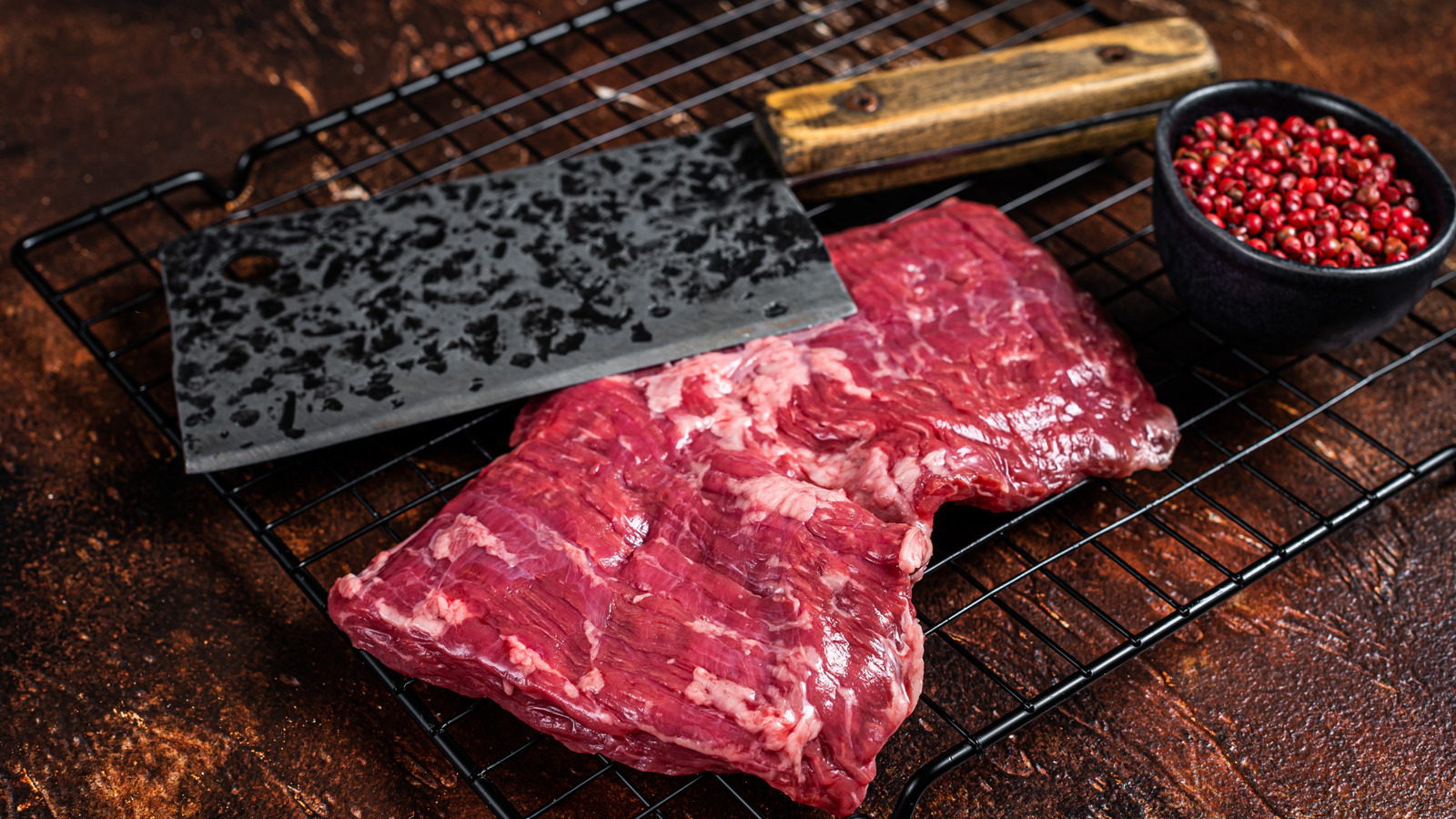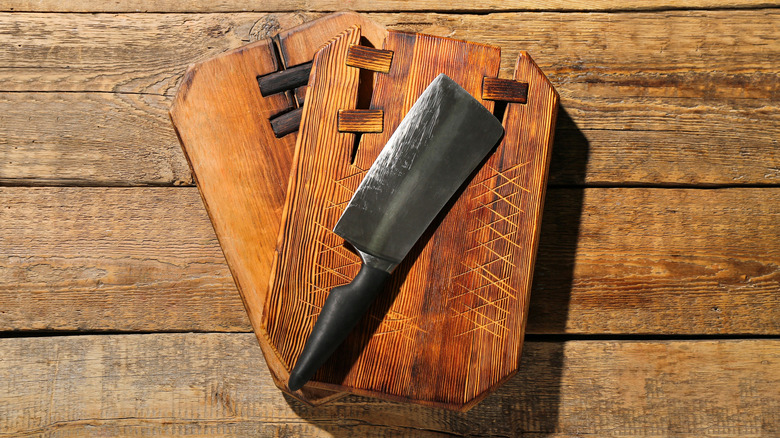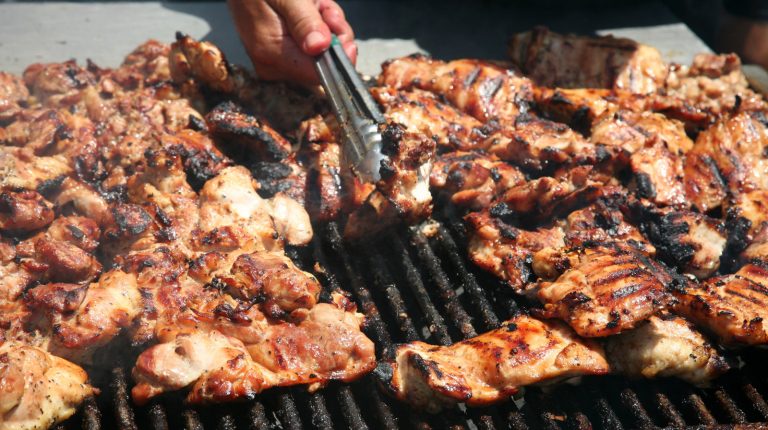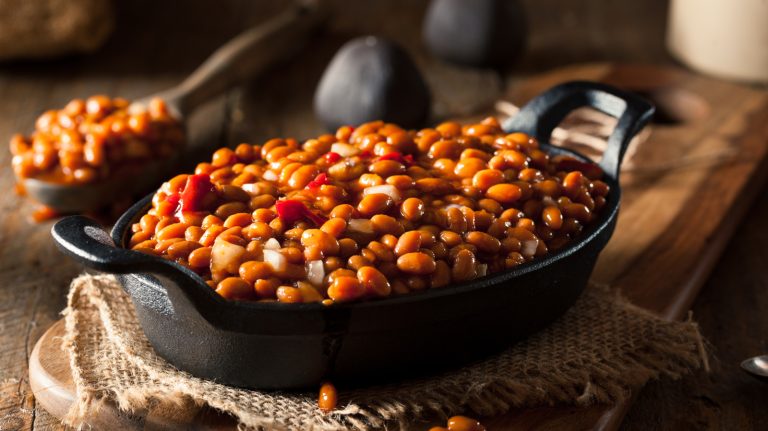A meat cleaver might just be the most misunderstood knife in the kitchen. It looks more like a medieval weapon than a cooking tool, and if that leaves you unsure when or why to use it, you’re not alone. But before you relegate it to the back of your knife drawer, or worse, use it to chop an onion — it’s worth getting to know what this heavy-duty blade is actually for. Spoiler: It is not your go-to for dicing carrots.
The cleaver earns its spot among useful kitchen tools, not through finesse but through force. It’s designed to do the dirty work your chef’s knife shouldn’t even attempt, like breaking down whole chickens, cracking through bones, and separating dense, tough cuts that require more brute force than technique. If your average knife is a scalpel, the cleaver is a sledgehammer. And sometimes, dinner just needs a sledgehammer.
Most of us are trained to be delicate with our kitchen knives, whether we’re using them to slice, julienne, or chiffonade. But when you’re trying to split a rack of ribs or cut through the spine of a whole bird, precision doesn’t get the job done — weight does. That’s where the meat cleaver shines. It can break through cartilage and bones in one satisfying swing, making it the tool of choice for butchers and chefs who deal with bone-in cuts regularly.
The right tool for the big and small jobs
While “meat” is right there in the name, there are still a few non-protein jobs the cleaver can technically do. That wide, flat blade is perfect for smashing garlic cloves or bruising ginger and lemongrass, an everyday task in many Asian kitchens. Some cooks even use the flat side to tenderize thin cuts of meat or scoop chopped aromatics straight into the pan. It’s big, bold, and surprisingly versatile, just not in the delicate-knife-skills way.
That said, you don’t need a cleaver unless you’re actually doing cleaver things. If your dinners rarely involve breaking down a whole duck or bone-in anything, it might collect dust. You can easily use your chef’s knife or a bench scraper for smashing, bruising, and scooping. But if you like buying whole chickens or bone-in cuts to save money, making bone broth from scratch, or breaking down meat that isn’t fully defrosted yet, a cleaver earns its spot in your arsenal.
There’s also something deeply satisfying about using one. It adds a little drama to your prep — less “culinary school” and more “open kitchen at a night market.” With a confident swing, a cleaver makes quick work of the tough stuff and reminds you that cooking doesn’t always have to be precise and pretty. Sometimes, it just has to get done.
So while you may not need to hang it on the wall or sharpen it weekly, knowing when to pull out the cleaver — and when to put it away — makes you a smarter, savvier cook. Because when it comes to bones, joints, or frozen meat, your chef’s knife will thank you for letting it sit this one out.






